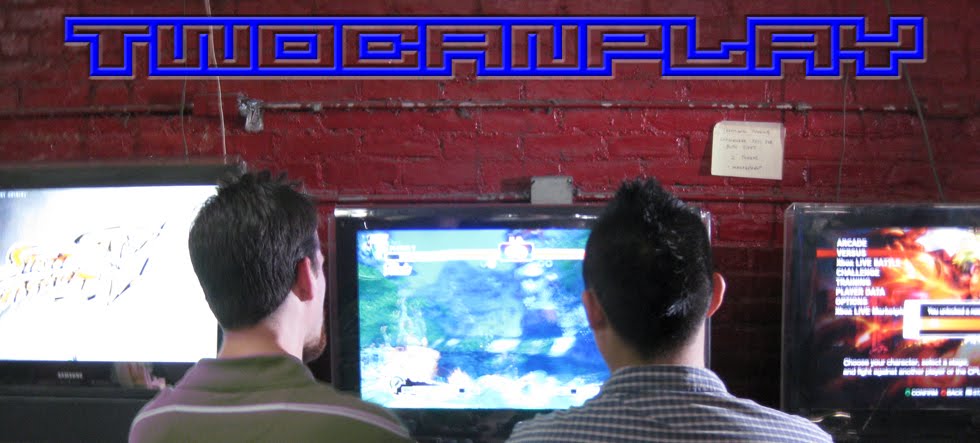What starts as an overdue vacation for Alan Wake and his wife Alice, quickly evolves into a psychological thriller from the mind of Mr. Wake himself. The town of Bright Falls, located in a sleepy part of the Pacific Northwest, is anything but tired. Within their first night, in a cabin on Cauldron Lake, Alice is abducted by a dark presence. It is up to Alan to get her back. Certainly not the most original of plots, the universe that Remedy begins to develop around the characters is fascinating. This makes Alan Wake one of the most original games I have played in the past few years.
I think the most interesting aspect about the entire experience is the presentation. It is as if the game itself were a television series, each episode is presented with a summary of its predecessor at each start and ends on a well realized piece of licensed music. The music competently captures the tone of each episode. I only wish they ran credits as well and the guise of this actually being a TV show would be complete. There are also a number of side characters that help flesh out the story, most notably the Anderson Brothers, Odin and Tor, whose geriatric antics and spooky wisdom bring a little more personality to the town. There are also two antagonists, one human and one not, but I suppose the best part of the story as a whole, are all the questions that are indirectly answered or never answered. These questions in turn, create an air of speculation which is open to interpretation.
The gameplay itself is solid, if not a little repetitive. Its mechanic is built around the idea of light penetrating through darkness. The enemies are shadowy figures, local townsfolk and birds, all protected by the darkness. Light is your salvation, as you move from street lamp to generator, trying to stay out of the dark. Light will also be your weapon, as aiming the flashlight at an enemy will cause the darkness that protects them to disperse, making them vulnerable to a variety of weapons. Items like flares & flash bangs also turn light into a more dangerous weapon, making enemies explode when they come in contact with one. Certainly combat is limited to this rule set and although there are variations, like the occasionally possessed bull dozer or a spotlight which is used as a turret, it is not a game about the combat. It is a game about the narrative, where watching the series of events unfold is interesting enough to drive the game. The DLC actually adds some more original combat ideas and with an 8th episode in the works, I hope Remedy continues to bring new twists to the in game mechanics.
One last thing that I have to mention is the collectables. There are lots of them and many serve very little purpose, though I love the in-game TV show Night Springs. Think of it as Remedy’s version of the Twilight Zone. The manuscript pages on the other hand are incredible, because they are a risky idea and succeed where others may have failed. The pages are pieces of the story, spread throughout the game, which in many cases foreshadows events that will happen. Some may run to the hills screaming spoilers, but Remedy seems to describe these situations in such a way that it builds tension. You will read something on a page and spend the next half-hour tiptoeing around every corner to avoid be caught off guard. It really was quite genius and a new spin on what has now become a sort of standard video game implementation for games with strong narratives (see Bioshock audio diaries). I could go on for hours, but instead will close on this: with so many sequels and annualized installments of games, Alan Wake is a breath of fresh air. Sure there are flaws, no game can truly be perfect, but to all those with complaints about content not being original anymore, pick up Alan Wake and play it now.
Note: all images courtesy of Google Image Search




No comments:
Post a Comment